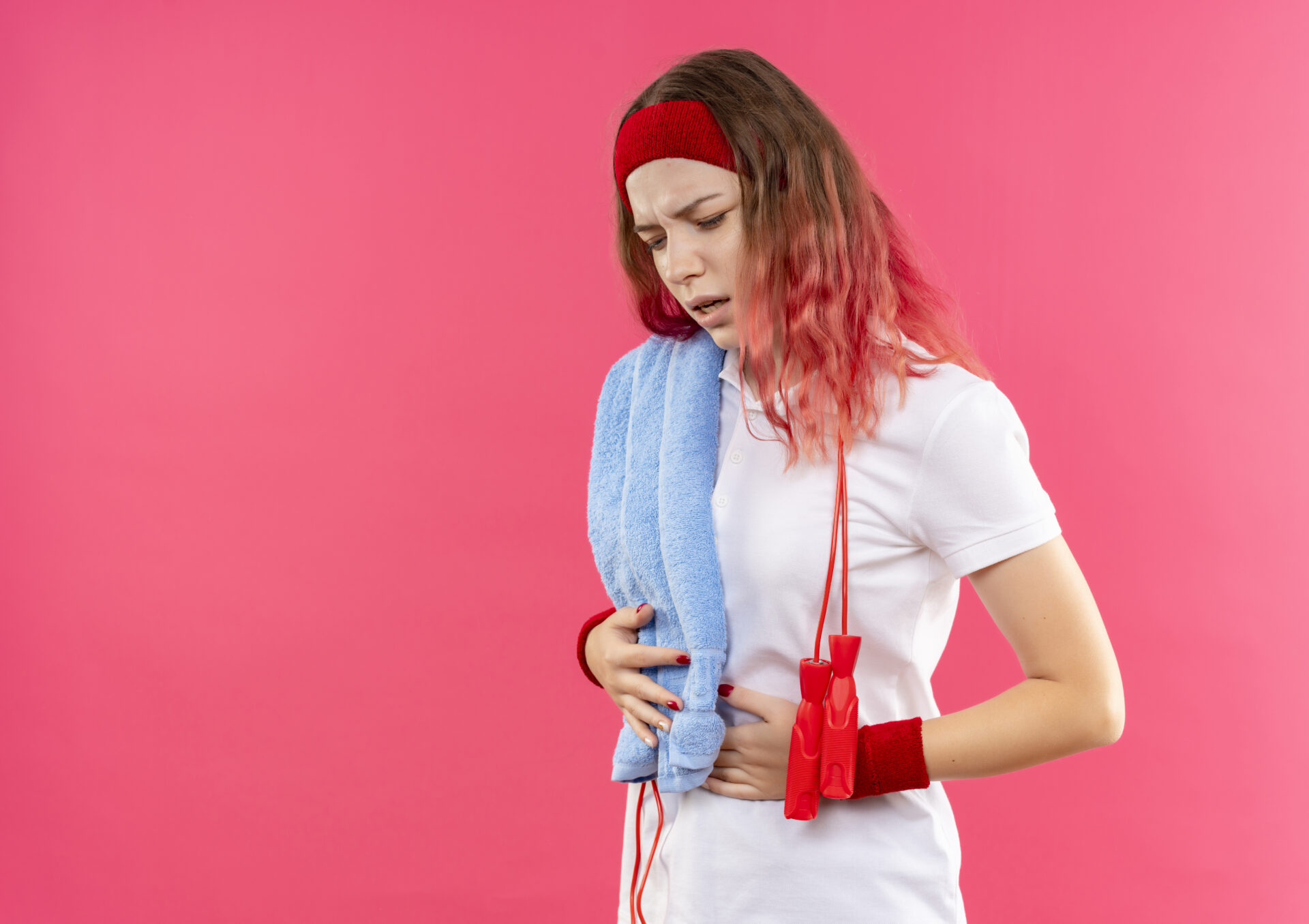Read DISCLAIMER
The best natural methods to ease menstrual cramps effectively through effective home remedies is through adopting some dietary changes and lifestyle adjustments in addition to easy practices to avoid discomfort and help improve overall menstrual health. Dysmenorrhea, or menstrual cramps, is caused by uterine contractions as a result of the release of prostaglandins during menstruation, leading to pain in the lower abdomen, back, and thighs. While over-the-counter painkillers can give quick relief, many women prefer natural methods to address the root cause of the pain without potential side effects. By integrating these home remedies into your routine, you can effectively reduce cramps, promote relaxation, and support your body during this time.
Applying heat to the lower abdomen is one of the most effective natural remedies that helps relax the muscles of the uterus and increase blood flow, thus reducing pain and cramping. Immediate comfort can be obtained from a heating pad, hot water bottle, or even a warm bath. Drinking herbal teas like chamomile, ginger, or peppermint tea is another excellent way to ease cramps because these herbs have anti-inflammatory and muscle-relaxing properties. Among all these spices, ginger is proved to reduce prostaglandin, which is directly associated with the causation of cramping. Diet is also one of the factors for pain during menstruation; thus, using anti-inflammatory food will do wonders.
Anti-inflammatory foods, like omega-3 fatty acid in fish, chia seeds, and walnuts, help decrease inflammation and decrease the severity of the cramp. Spinach and kale, both leafy greens, contain a high level of magnesium that calms down the uterine muscles and gives relief from the pain. Potassium is supplied through bananas, avocados, and sweet potatoes. Potassium will, therefore prevent conditions of bloating and water retention, conditions that promote cramps. One needs to hydrate adequately inasmuch as dehydration may ease muscle cramps. Drinking plenty of water and getting products that contain much water through fruits like cucumbers, watermelons, and oranges are coupled together for proper hydration and reduced bloating. Avoiding certain foods during menstruation is as important as consuming beneficial ones. Processed foods, sugary snacks, caffeine, and alcohol can help worsen inflammation and hormonal imbalances, which may in turn intensify cramps. Reducing salt helps minimize bloating and water retention. On the other hand, reducing the consumption of caffeine would also prevent vasoconstriction, the very thing that worsens menstrual pains.
Gentle exercise is another effective remedy, as physical activity increases blood flow, releases endorphins, and reduces stress, all of which help alleviate cramps. Activities like walking, yoga, or stretching are particularly beneficial. Yoga poses such as the child’s pose, cat-cow stretch, and reclining bound angle pose can help stretch and relax the pelvic muscles, providing relief from pain.
For aromatherapy, some examples of essential oils are lavender, clary sage, and peppermint. Alternatively, these can be applied directly on the lower abdomen in the form of diluted oils using a carrier oil, like coconut or almond oil, for a relaxing and less painful effect. The practice of acupressure involves pressure points along certain parts of the body that might ease the cramping; it’s most useful for pressing points at a spot four fingers down from the navel.
Stress management is also essential during menstruation, as high levels of stress can enhance the perception of pain. Deep breathing, meditation, and mindfulness can help you stay relaxed and better cope with discomfort. Adequate rest and sleep are equally important, as they allow the body to recover and maintain hormonal balance.
There have also been some accounts of apple cider vinegar or cinnamon aiding women in their control over menstrual cramps. Apple cider vinegar will balance the hormones and minimize bloating. Cinnamon, with its anti-inflammatory and antispasmodic properties, will also relieve the pain. Mixing a teaspoon of either ingredient with warm water and a dash of honey is an easy recipe for a relaxing drink.
For women who experience severe or persistent cramps, it becomes important to consult a healthcare professional to rule out underlying conditions such as endometriosis, fibroids, or pelvic inflammatory disease. Natural remedies work best for mild to moderate cramps and can complement medical advice as a complementary strategy.
In summary, natural relief for menstrual cramps involves a combination of heat therapy, herbal teas, an anti-inflammatory diet rich in nutrients, gentle exercise, stress management, and avoiding triggers like caffeine and processed foods. Simple yet effective lifestyle changes can lead to pain relief, better menstrual health, and support your body during this time.

Hey There. I found your blog using msn. This is an extremely well written article. I will make sure to bookmark it and come back to read more of your useful info. Thanks for the post. I抣l definitely return.
Thanks for sharing. I read many of your blog posts, cool, your blog is very good.
Can you be more specific about the content of your article? After reading it, I still have some doubts. Hope you can help me.
Thanks for sharing. I read many of your blog posts, cool, your blog is very good. https://www.binance.com/zh-CN/register?ref=IJFGOAID